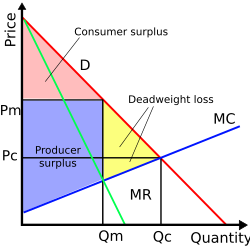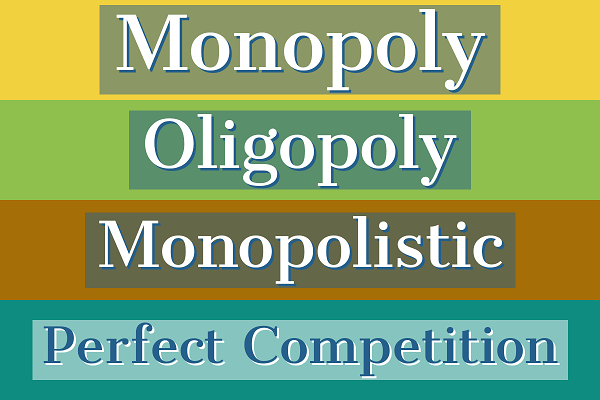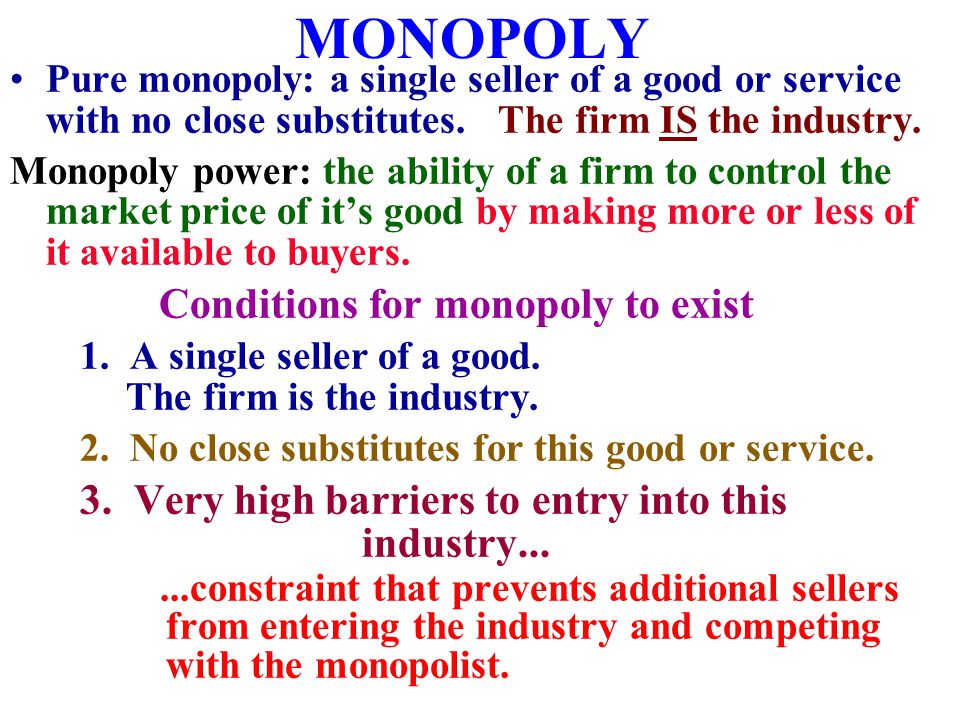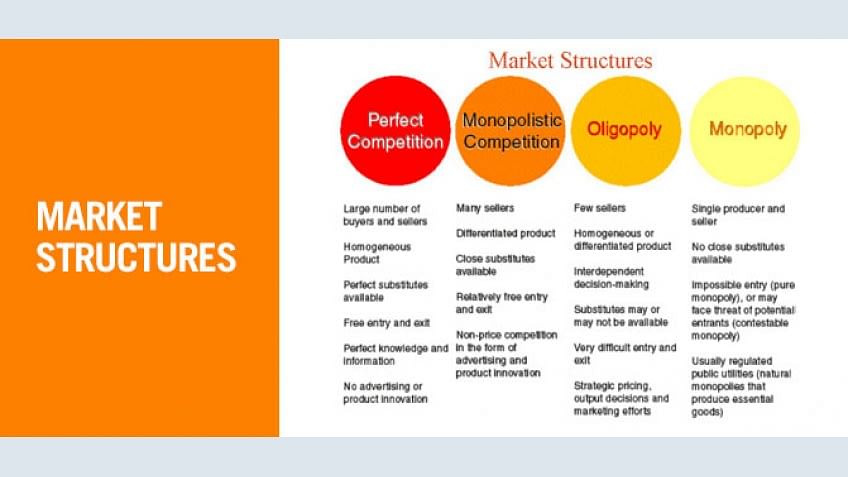A monopoly is a market structure in which there is only one seller of a particular product or service. This seller, known as the monopolist, has complete control over the price and quantity of the product or service being sold. Monopolies can arise in various ways, such as through government intervention, the possession of exclusive resources or patents, or the ability to prevent competition.
One of the key characteristics of a monopoly is that it has significant market power. This means that the monopolist has the ability to set prices at a level higher than the competitive market price. The monopolist can also choose to reduce output and increase prices, leading to higher profits. This is in contrast to a competitive market, where firms are price takers and have to accept the market price.
Monopolies can lead to several negative consequences for society. Firstly, monopolies can lead to higher prices for consumers. Since the monopolist has complete control over the price of the product or service, they can set prices at a level higher than the competitive market price, leading to higher costs for consumers. Secondly, monopolies can lead to reduced innovation and efficiency. Since the monopolist does not face competition, they may not have an incentive to innovate or improve their products or services. This can lead to a lack of progress and efficiency in the market.
In addition, monopolies can also lead to a lack of choice for consumers. In a competitive market, consumers have the option to choose from a variety of products or services. However, in a monopoly, there is only one seller, leading to a lack of choice for consumers. This can lead to a lack of competition and a lack of incentive for the monopolist to provide high-quality products or services.
There are several ways in which monopolies can be regulated to mitigate these negative consequences. One way is through antitrust laws, which aim to prevent monopolies from forming and to break up existing monopolies. Antitrust laws can also regulate the conduct of monopolies to prevent abuses of market power. Another way is through regulation, where the government sets rules and standards for the monopolist to follow, such as setting prices or ensuring that the monopolist provides a certain level of service.
In conclusion, a monopoly is a market structure in which there is only one seller of a particular product or service. Monopolies can lead to higher prices, reduced innovation and efficiency, and a lack of choice for consumers. To mitigate these negative consequences, monopolies can be regulated through antitrust laws and regulation.






